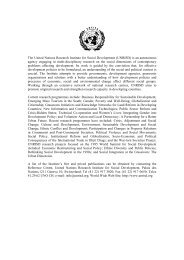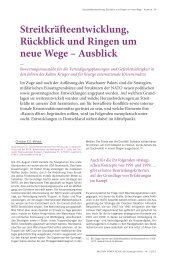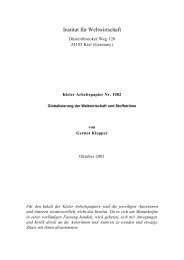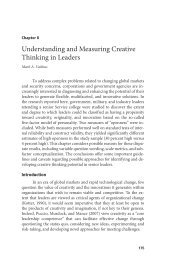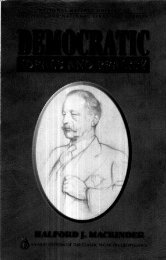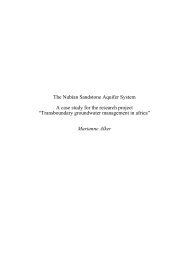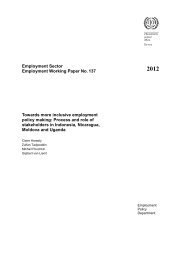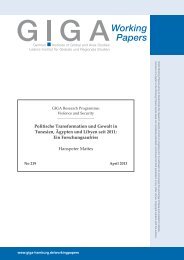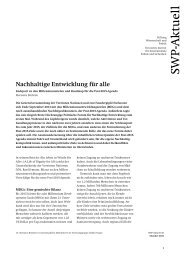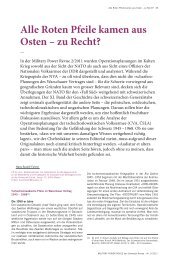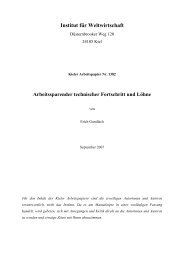Crime and Ammunition Procurement
Crime and Ammunition Procurement
Crime and Ammunition Procurement
You also want an ePaper? Increase the reach of your titles
YUMPU automatically turns print PDFs into web optimized ePapers that Google loves.
most major arms traffi ckers were arrested in late 2002 <strong>and</strong> 2003 well-coordinated<br />
operations by the federal police <strong>and</strong> state-level police corps. So far there is no<br />
evidence of cooperation between organized crime groups in Rio de Janeiro <strong>and</strong><br />
São Paulo over joint purchases or transportation of ammunition. 23<br />
In Brazil, various classes of ammunition have been designated ‘restricted use<br />
ammunition’ that can only be used, purchased, or in the possession of the armed<br />
forces, the police, small arms collectors (who can only store disabled ammunition),<br />
<strong>and</strong> registered sport shooters <strong>and</strong> hunters. 24 This kind of ammunition<br />
cannot be sold in gun shops <strong>and</strong> can only be purchased directly from the factory<br />
with an authorization from the Brazilian Army Directorate of Controlled Products<br />
(Diretoria de Fiscalização de Productos Controlados, DFPC) (Presidência<br />
da República do Brasil, 2000, articles 16, 17, Chapter VIII <strong>and</strong> Chapter IX of<br />
Title V; Presidência da República do Brasil, 2004, article 19). 25<br />
<strong>Ammunition</strong> for civilian use is defi ned by the same legislation as ‘permitted<br />
use ammunition’ <strong>and</strong> can only be purchased on presentation by the purchaser<br />
of their registration certifi cate for a small arm of the same calibre <strong>and</strong> their<br />
identity card. 26 The police, however, seize hundreds of thous<strong>and</strong>s of both kinds<br />
of ammunition every year. The Viva Rio <strong>and</strong> Institute for Religious Studies<br />
(Instituto de Estudos da Religião, ISER) small arms project has identifi ed a<br />
number of patterns to the internal <strong>and</strong> external routes used to divert ammunition<br />
to criminal markets. In all cases, ammunition follows the same routes <strong>and</strong><br />
methods as those used for small arms traffi cking. These routes <strong>and</strong> methods<br />
are summarized in Table 2.<br />
According to law enforcement sources, shipments of ammunition to criminal<br />
organizations in Rio de Janeiro are made to order (i.e. to an identifi ed purchaser)<br />
because of the risks <strong>and</strong> costs involved in such operations (it is a drive<br />
of at least 2,000 km from the border with Paraguay to the south-west coast of<br />
Brazil). This kind of traffi c is rarely of the ‘ant trade’ variety (i.e. little by little in<br />
small quantities). Carriers usually transport not fewer than 5,000 rounds hidden<br />
in secret compartments in cars or trucks. 27 The modus oper<strong>and</strong>i is different<br />
when it comes to diversion from the armed forces or the police. In these cases<br />
it is a network of corrupt offi cials that diverts boxes of ammunition little by<br />
little (three to fi ve boxes containing 20 to 50 rounds each time). Other offi cials,<br />
usually retired, collect <strong>and</strong> stockpile the diverted ammunition <strong>and</strong> then distribute<br />
180 Targeting <strong>Ammunition</strong>





